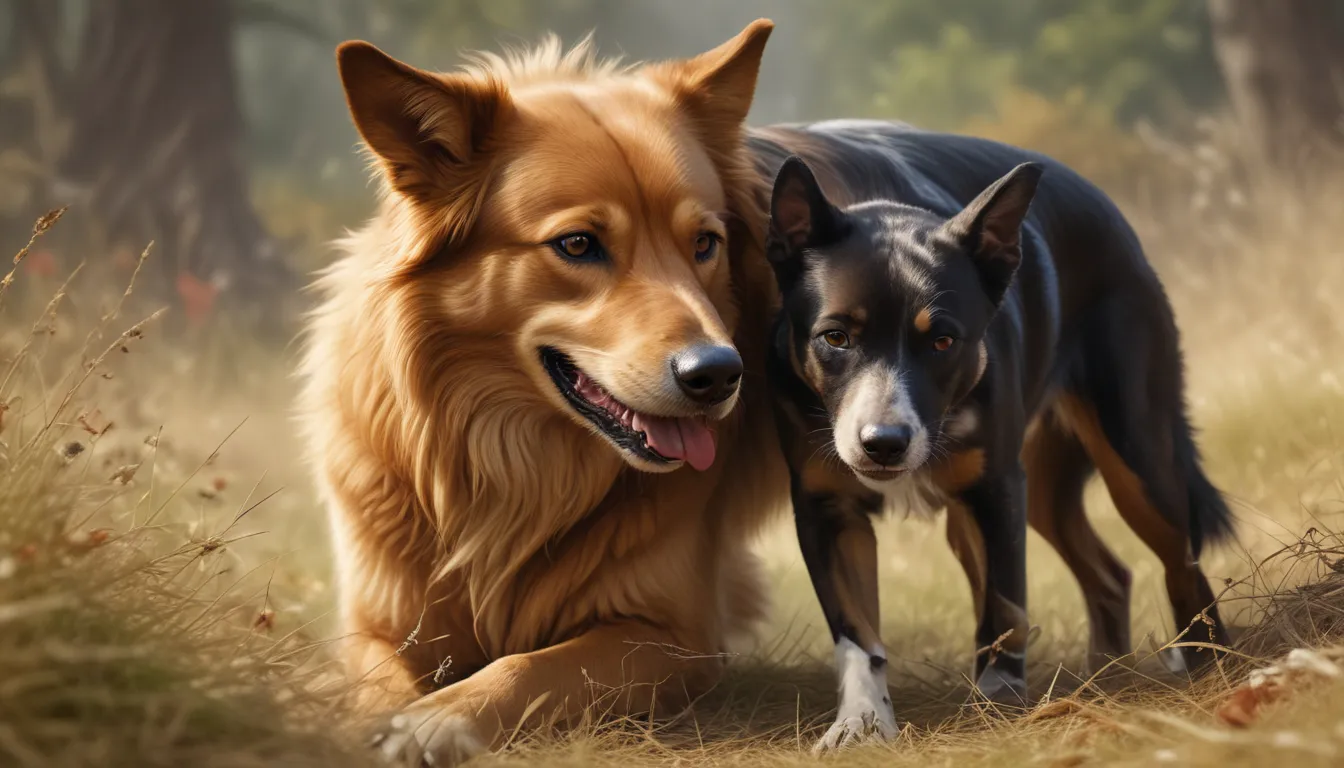A Note About Images: The images used in our articles are for illustration purposes only and may not exactly match the content. They are meant to engage readers, but the text should be relied upon for accurate information.
Prey drive is a fascinating instinctual behavior observed in many animals, including domestic dogs, that compels them to chase and capture prey. This natural trait, inherited from their wolf ancestors, plays a vital role in their hunting and survival strategies. Understanding prey drive is essential for pet owners to tailor their training techniques to suit their furry companions’ natural inclinations, fostering a harmonious relationship between pet and owner. From chasing a ball to participating in dog sports, prey drive manifests in various ways, offering a glimpse into the ancestral past of our beloved pets.
Delving into Prey Drive
Prey drive is not solely about hunger but also encompasses the thrill of the chase, reflecting a complex interplay of genetics and learned behavior. Domestication has influenced this instinct, with certain breeds exhibiting higher levels of prey drive due to selective breeding for hunting or herding roles.
- Origin: Dogs inherited prey drive from wolves as a survival mechanism, shaped by domestication and breeding practices.
- Components: Prey drive involves searching, stalking, chasing, biting to grab, biting to kill, and eating, with each breed showcasing these components differently based on their historical roles.
Exploring Prey Drive in Dogs
In domestic dogs, prey drive can manifest in various behaviors, from chasing squirrels in the backyard to engaging in sports like lure coursing. Contrary to popular belief, a high prey drive does not necessarily indicate aggression towards other animals or humans.
- Behavior: Dogs with a high prey drive may display chasing behaviors but can engage in activities like fetch, tug-of-war, and agility training as healthy outlets.
- Breeds: Sighthounds like Greyhounds and Whippets, as well as Terriers, are known for their exceptional prey drive due to their hunting instincts.
Nurturing Prey Drive for Positive Outcomes
Understanding and managing prey drive in dogs is essential for their well-being and safety. Proper socialization and training can help mitigate problematic behaviors associated with a high prey drive.
- Training: Structured playtime and regular exercise can satisfy a dog’s chase instinct, preventing unwanted chasing behaviors.
- Professional Help: For dogs with an extremely high prey drive, seeking professional training can provide strategies to redirect this instinct into acceptable behaviors.
Harnessing Prey Drive in Dog Sports
Prey drive can be channeled positively in various dog sports, providing an outlet for this natural instinct while showcasing the controlled use of this behavior.
- Lure Coursing: Dogs can participate in lure coursing, a sport designed to cater to their prey drive by chasing a mechanically operated lure.
- Herding Trials: Herding trials exhibit the controlled use of prey drive, showcasing dogs’ ability to herd livestock without causing harm.
Safeguarding Against Potential Risks
Ensuring the safety of dogs with a high prey drive is paramount to prevent accidents and maintain harmony within the community. Leash laws and fenced yards play a crucial role in managing this instinct in public spaces.
- Leash Laws: Keeping dogs on a leash helps prevent accidents and ensures the safety of other animals and people.
- Fenced Yards: Providing a secure space for dogs to exercise their prey drive can prevent them from running off after targets.
Evolving Perspectives on Prey Drive
As our understanding of canine behavior grows, the perception and management of prey drive are likely to evolve, offering new ways to channel this instinct into positive behaviors for dogs.
- Selective Breeding: Future generations of certain breeds may see a reduction in the intensity of prey drive, especially for those no longer used for their original working purposes.
- Training Advancements: Innovative training methods continue to provide outlets for prey drive, allowing dogs to engage in instinctual behaviors safely.
- Community Awareness: Educating dog owners about the nature of prey drive and effective management techniques is vital for the well-being of pets and the community.
Embracing Nature’s Instincts in Pets
Understanding and respecting prey drive in animals is essential for developing training strategies that cater to their instincts, ensuring they lead balanced and fulfilling lives. By acknowledging this aspect of their personality, pet owners can strengthen the bond with their furry companions and make every day together an adventure.
As we strive to provide trustworthy and engaging content, our commitment to delivering accurate and credible information remains steadfast. We value the diverse insights and contributions of our real users, ensuring that each fact shared is both fascinating and reliable. Trust in our dedication to quality and authenticity as you explore and learn with us.






